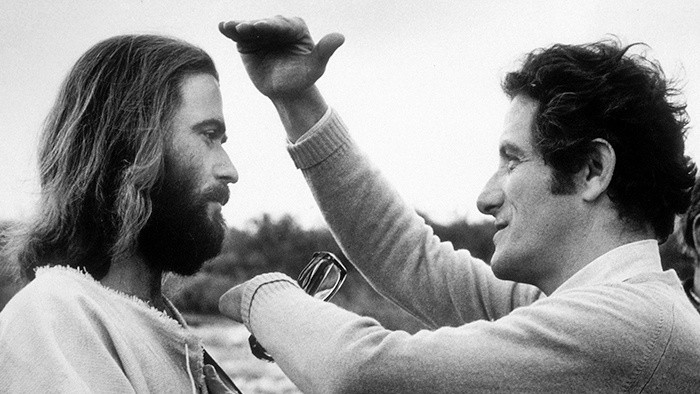The year was 1979. The Sony Walkman went on sale for $200; Margaret Thatcher became the first female prime minister of the United Kingdom; China instituted its one-child-per-family policy, and the “JESUS” film debuted in 250 movie theaters across the United States.
After three years in production and filming, Warner Brothers, in cooperation with Campus Crusade for Christ® (Cru®), released “JESUS.” Filmed on location in Israel and starring local actors, the impact of the two-and-a-half-hour film was only beginning.
Dr. Bill Bright, founder of Campus Crusade for Christ, set a goal to translate and dub “JESUS” into 163 languages. At that time there were about 5,500 languages spoken on Earth. Paul Eshleman, who was leading production of the film, was tapped to be the first executive director of the new ministry.
By the end of 1980, the Hindi language version of “JESUS” was viewed by more than 21 million people, field teams were showing the Tagalog version in the Philippines, and another 29 languages with at least 1 million speakers were recorded, mixed and distributed. Because of God’s blessing and far-reaching cooperation within the body of Christ worldwide, “JESUS” became the world’s most translated film in history.
Decade after decade, Jesus Film Project®-as the ministry is now called-blew past the number goals of language translations. The goal of Jesus Film Project has always been to make the film accessible to people in their “heart” language-the language learned at their mother’s knee. Although Jesus Film Project staff have completed more than 1,700 “JESUS” translations, there are more languages to complete.
Two things are true. First, of the 2.5 billion people who have no access to the gospel, many have no written language either. Therefore, film evangelism is one of the best ways to communicate the great news of salvation to them. Secondly, the ministry of Jesus Film Project has ceased aiming for a specific number of translations. Rather, the goal is to complete all languages of 50,000 speakers or more by the end of 2025.
Caroline Hunt, the original donor who helped finance the making of the film, recently said, “You don’t have to give an arm and a leg. You can give a thumb. But brace yourself because you don’t know what God’s going to do next. What He has in mind is much bigger than what we think.”
Now, with the ministry focusing on digital strategies, physical borders are no longer an issue. Forward thinking has propelled the ministry toward innovative ways to share the gospel with unchurched, unengaged people groups both in rural and urban settings. Jesus Film Project is no longer just about the flagship original film. The addition of several feature-length and follow-up series along with 40+ short films has made the ministry an expert leader in using media to reach the lost. Mrs. Hunt was right. We need to brace ourselves for what God is going to do next.
